From July 17 to September 22, 2024 at the Palazzo Reale in Milan, an anthological exhibition of Valerio Adami entitled Valerio Adami. Painter of Ideas celebrates the sixty-five-year career and research of one of Italy’s leading postwar artists. The exhibition is promoted by Comune di Milano - Cultura and produced by Palazzo Reale with the Archivio Valerio Adami, under the patronage of the Italian Cultural Institute in Paris. Curated by Marco Meneguzzo, with the general coordination of Valeria Cantoni Mamiani, president of theValerio Adami Archive, the exhibition presents more than seventy large paintings and about fifty drawings, from 1957 to 2023, among the most significant of the Master’s work. Valerio Adami perfectly embodies the idea of the artist who is international and open to all suggestions derived from other languages, such as literature, philosophy, and music. His travels, always in the company of his wife Camilla Cantoni Mamiani, begin with Paris at a very young age, and continue to London, New York, Mexico City, Athens, Cuba, India, Caracas, Milan, but above all Paris and Meina are just some of his places of choice. Adami’s painting, which from the very beginning often appears on large formats, is already unmistakable from the mid-1960s thanks to the encounter between those distinctive signs of pop art, and the constant reference to tradition and classicism at a time whenAbstractionism,Arte Povera and Conceptual art prevailed. Since the early 1970s, on the other hand, he has been included among the major exponents of that French “Figuration narrative” with which, once again, he identifies only partially. Behind images of immediate legibility a deeper narrative is implied: Adami’s works are populated with sophisticated visual metaphors and encapsulate philosophical, literary and mythological concepts, representing in his work the evolution of Western thought.
The founding myths of European culture, its authors, and their stories become the almost exclusive subjects of his work will cause him to converse with some of the greatest intellectuals and writers of the 20th century, such as Octavio Paz, Italo Calvino, Jacques Derrida, Luciano Berio, Antonio Tabucchi, and Jean-François Lyotard. Although Adami is known for the bright chromaticism of his narratives, it is the drawing that is the real key, because it allows us to fully understand the relationship between idea, subject, which then explodes into painting. The exhibition is also an opportunity to publicize the work of the Valerio Adami Archive, established in 2021 within the family, which pursues the goals of enhancing, preserving, promoting and protecting the work of Valerio Adami, researching everything related to the Master’s work and life. The exhibition also features the documentary The Painter of Poems produced by Artery Film, directed by Matteo Mavero, with the participation of Valerio Adami himself and philosopher and artist friends. The exhibition is also accompanied by a catalog published by Skira in a bilingual Italian and English edition. “Valerio Adami. Painter of Ideas” is also made possible thanks to Fondazione Marconi and the collaboration of Galerie Templon and Dep Art Gallery. Sponsor of the exhibition is The Macallan, whose collaboration with Valerio Adami dates back to 1993, when the artist designed the label for a historic 1926 vintage of whiskey, an absolute record at auction in 2023.
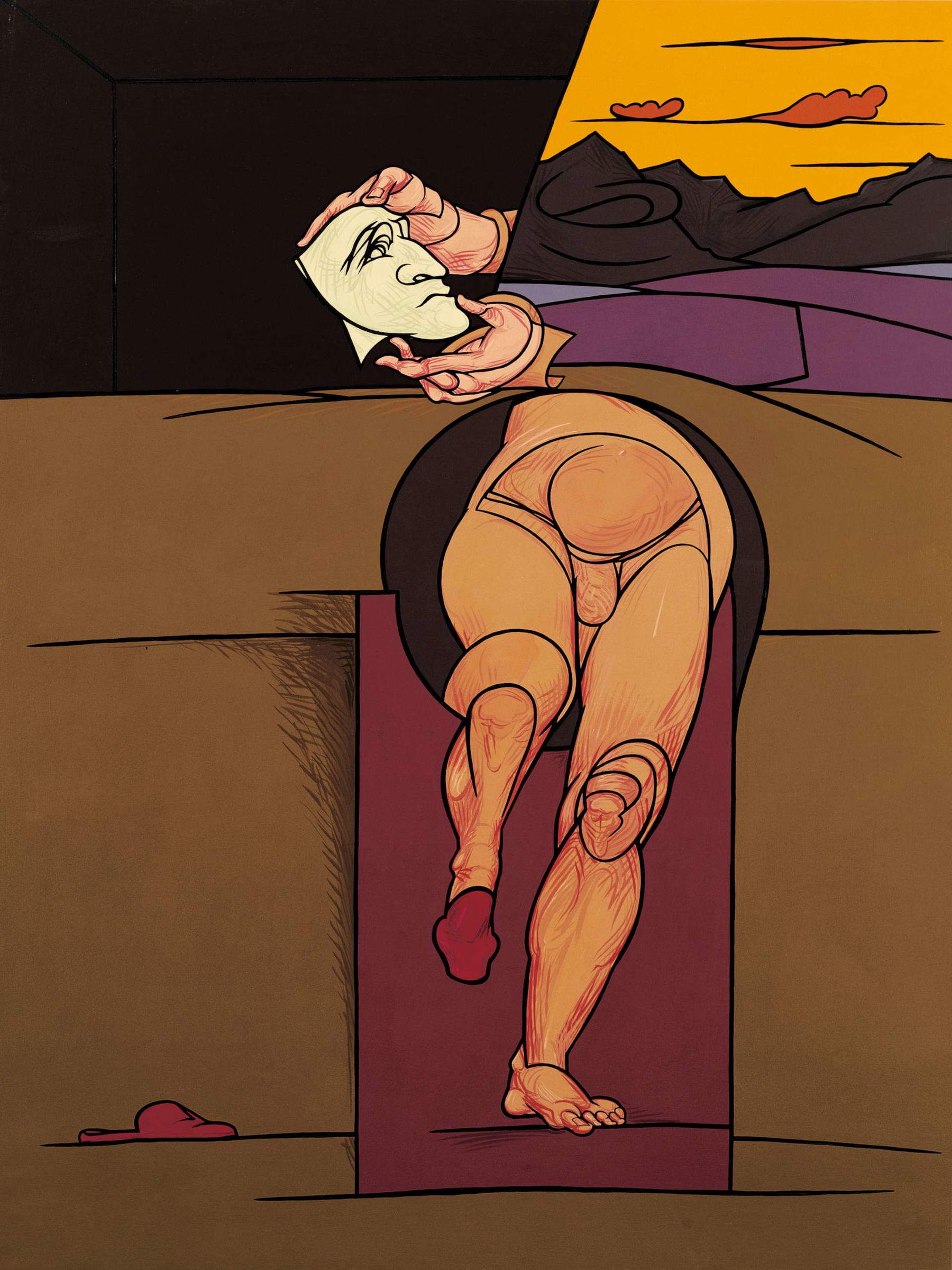
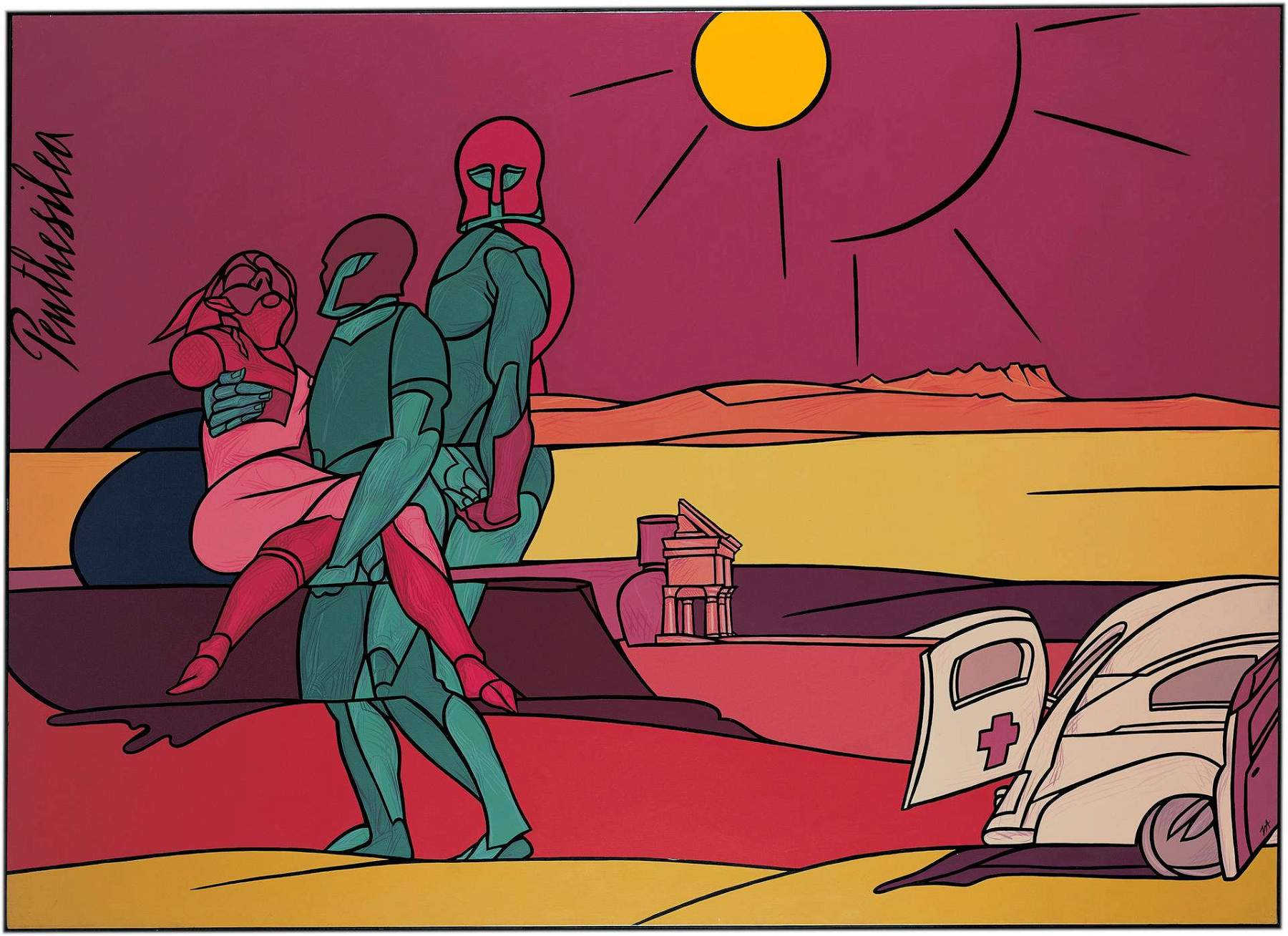
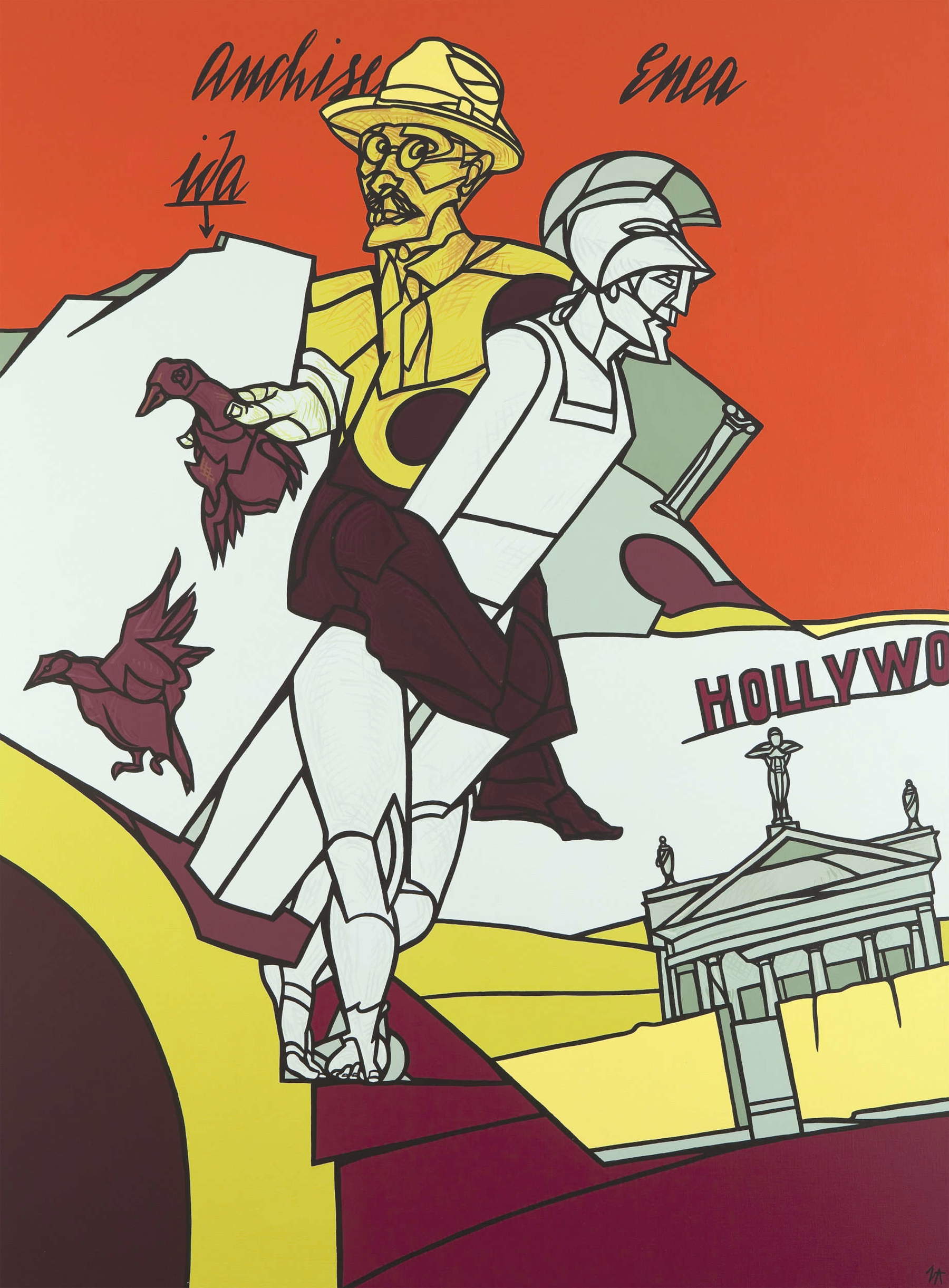
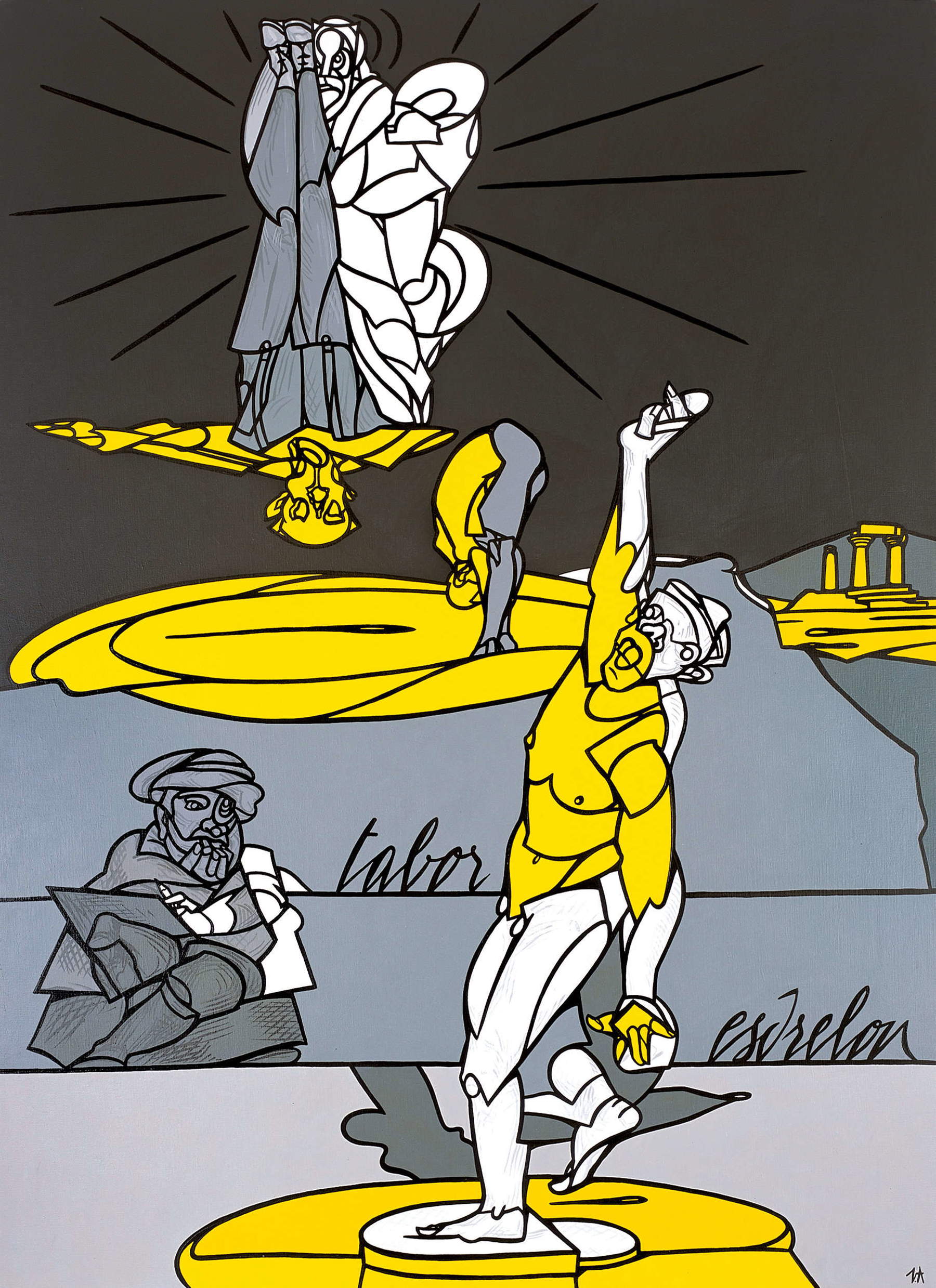
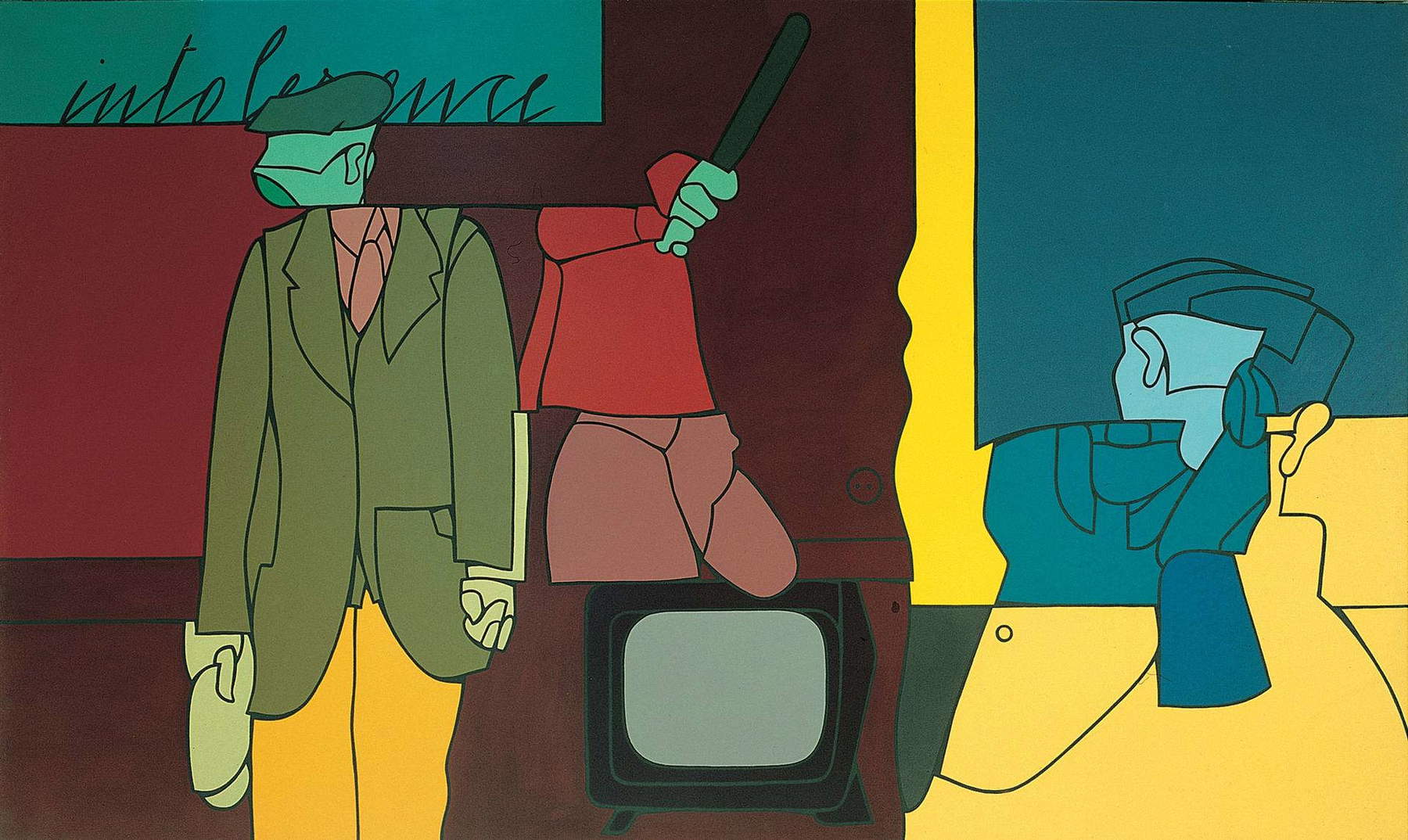
The Archivio Valerio Adami is a nonprofit association established in 2021 with the aim of preserving, promoting and enhancing the artistic production of the master Adami in all its forms, in Italy and abroad. Chaired by his granddaughter Valeria Cantoni Mamiani, the archive is committed to updating and curating a wide range of materials, both physical and digital, that collect the artistic and personal history of Valerio Adami, as well as contemporary art related to his life and work, including through his website www.archiviovalerioadami.it. The Archive is involved in the organization and management of artistic and cultural activities, including publishing activities related to the cataloging of the artistic and literary work of Master Valerio Adami, as well as the organization of exhibitions. For the past three years or so, the Archives has also been carrying out a major cataloguing and archiving activity of the artist’s works, with a view to the creation of the catalog raisonné.
Valerio Romani Adami (Bologna, 1935) lives between Italy and Paris. Felice Carena’s atelier, then the meeting in Venice with Oskar Kokoschka and later the Brera Academy with Achille Funi were his training itinerary. From the early 1960s, together with his wife Camilla Cantoni Mamiani, he began the life of travel that would take him to live and work in several European cities, the United States, particularly New York, Latin America, Israel and India, forging new friendships and creating a circle of intellectuals that included names such as Carlos Fuentes, Jacques Derrida, Italo Calvino and Luciano Berio. He has held numerous solo and group exhibitions in public museums and private galleries around the world, often accompanied by major catalogs containing texts by critics, writers and philosophers. Among others, Philippe Bonnefis, Italo Calvino, Jacques Derrida, Gillo Dorfles, Paolo Fabbri, Carlos Fuentes, Michel Onfray, Maurizio Ferraris, Octavio Paz, Vittorio Sgarbi, Antonio Tabucchi, Dore Ashton, and Jean-François Lyotard have written about him. His works have been exhibited at MoMA and the Jewish Museum in New York, the Musée d’Art Moderne de la Ville de Paris, the Centre Georges Pompidou, the Maeght Foundation, Tel Aviv, Buenos Aires, Athens, Valencia, Caracas, Helsinki and many other places. He also received numerous commissions for public works, especially in France, such as the wall panels at the Gare d’Austerlitz and the Théâtre du Chatelet in Paris, the stained glass windows for the hôtel de ville de Vitry-sur-Seine, and the painting of the Battle of Valmy for the Ministry of the Interior. It was in 1971 that the film Vacanze nel deserto was born out of a collaboration between Valerio Adami, who also starred in the film, and his brother, the film’s director, Giancarlo Romani Adami-an experimental filmmaker and Federico Fellini’s assistant on the set of La dolce vita-with the participation of his wife Camilla, along with Dino Buzzati and painters Aldo Mondino and Errò.
 |
| In Milan an anthological exhibition on Valerio Adami for his 65-year career |
Warning: the translation into English of the original Italian article was created using automatic tools. We undertake to review all articles, but we do not guarantee the total absence of inaccuracies in the translation due to the program. You can find the original by clicking on the ITA button. If you find any mistake,please contact us.